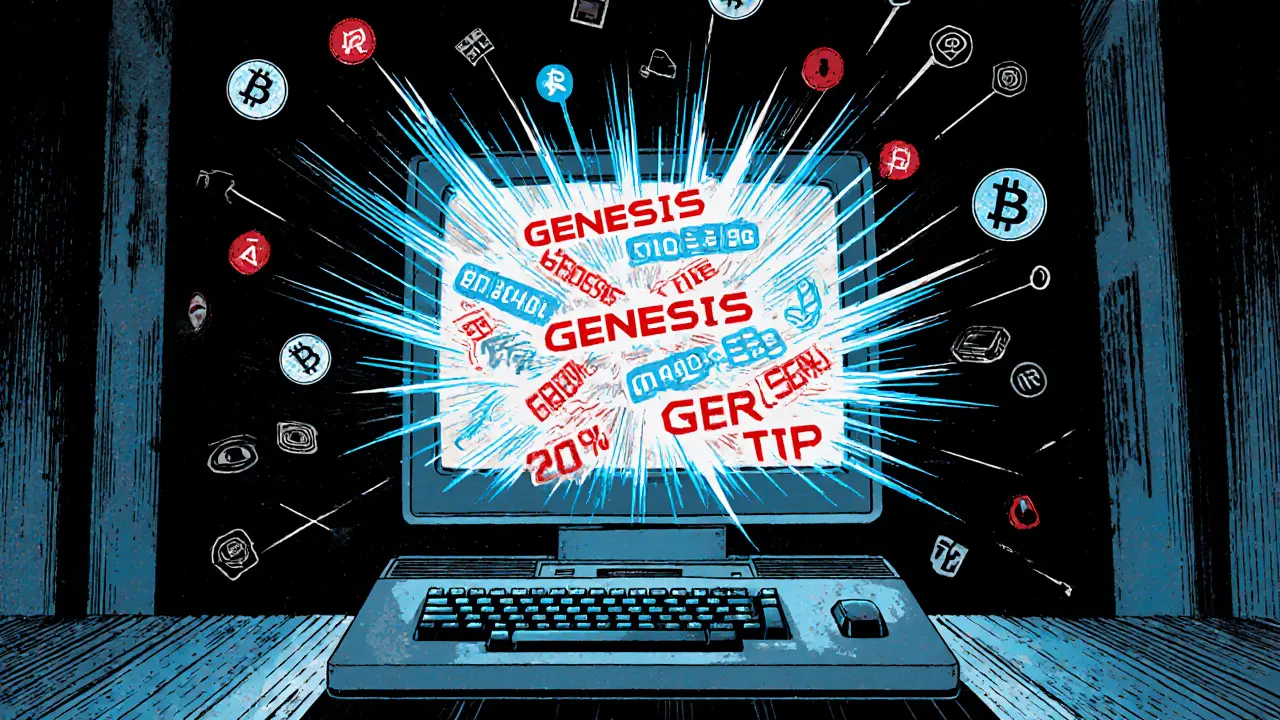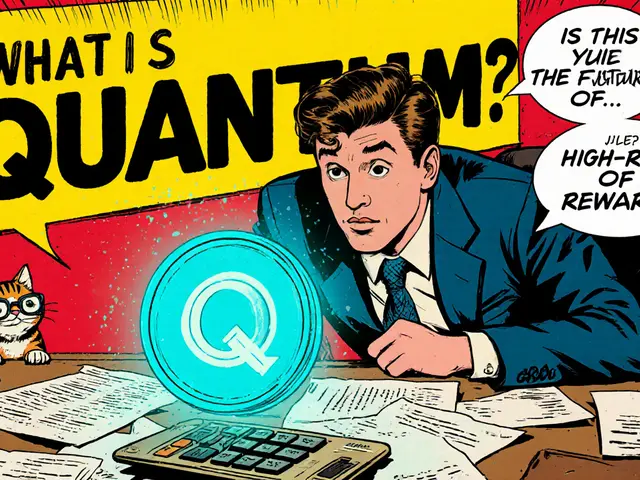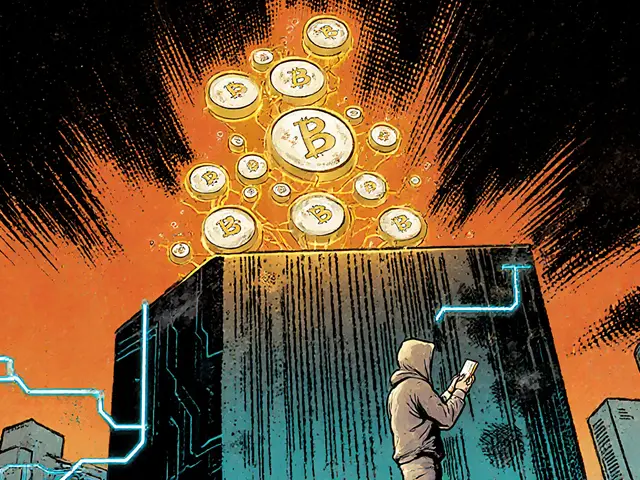Ethereum Sync: What It Is, Why It Matters, and What You Need to Know
When you run an Ethereum sync, the process of downloading and verifying the full history of the Ethereum blockchain on your device. It's not just a technical step—it's how you join the network as a true participant, not just a spectator. Without syncing, you're relying on third parties to tell you what's happening on Ethereum. With it, you verify transactions yourself, run smart contracts locally, and help keep the network honest.
Ethereum node, a computer running software that connects to the Ethereum network and maintains a copy of the blockchain. There are two main ways to sync: full sync and fast sync. Full sync downloads every block and re-executes every transaction since Genesis. It’s the most secure but takes days and over 1TB of storage. Fast sync skips the heavy historical data and catches up from recent checkpoints—faster, lighter, and good enough for most users. Then there’s Ethereum client, the software that actually performs the sync, like Geth, Nethermind, or Erigon. Each has trade-offs in speed, memory use, and reliability. Pick one that matches your hardware and goals.
Syncing isn’t optional if you’re staking, running a validator, or using DeFi apps without trusting a middleman. If you’re syncing a node for the first time, expect long waits. A slow internet connection? It’ll take weeks. SSD storage? It cuts time in half. Out of disk space? The sync fails. You’ll see errors like "peer disconnected" or "header validation failed"—those are normal. The network is messy, and your node is learning to navigate it. Patience and persistence win here.
Most people don’t realize that consensus mechanism, the system Ethereum uses to agree on the state of the blockchain. is what makes sync meaningful. After the Merge, Ethereum switched from proof-of-work to proof-of-stake. That changed how nodes verify blocks. Now, instead of solving puzzles, your node checks cryptographic signatures from validators. Syncing means your node is constantly validating these signatures. If it falls too far behind, it stops trusting the chain. That’s why keeping your node synced isn’t just about data—it’s about security.
What you’ll find in the posts below are real-world guides on how to sync Ethereum correctly, which clients to avoid, what hardware actually works, and how to fix sync errors without calling for help. Some posts dig into the technical guts of Merkle-Patricia trees and state syncing. Others warn you about fake nodes, sketchy cloud services, and scams that pretend to sync for you. There’s no fluff. Just what you need to run your own Ethereum node without getting burned.






